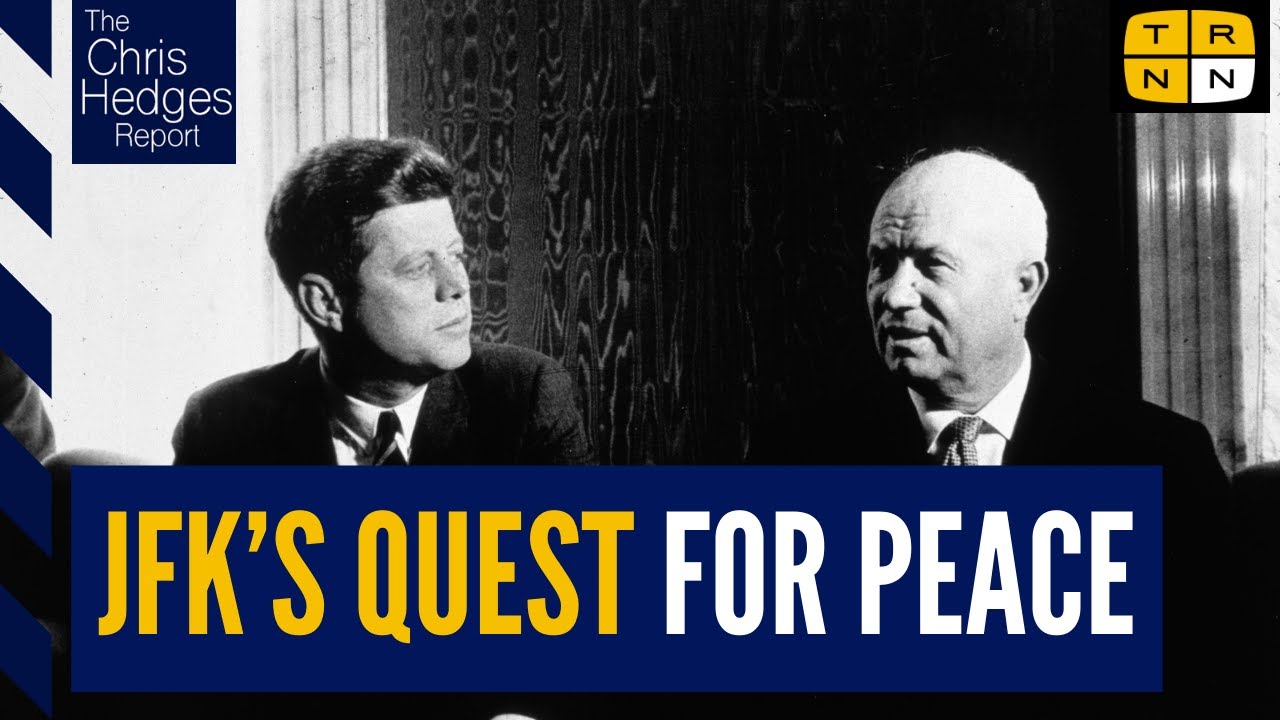Nuclear Treaties: PTBT, NPT & CTBT
Summary
TLDRThis video explores three significant nuclear treaties: the Partial Test Ban Treaty (PTBT) of 1963, the Nuclear Non-Proliferation Treaty (NPT) of 1968, and the Comprehensive Nuclear Test Ban Treaty (CTBT) of 1996. The PTBT prohibits nuclear testing in the atmosphere, outer space, and underwater, allowing only underground tests. The NPT aims to prevent nuclear weapons proliferation while promoting peaceful nuclear collaboration and disarmament. Lastly, the CTBT bans all nuclear explosions globally, requiring ratification from all 44 designated states for enforcement. These treaties collectively reflect efforts towards nuclear disarmament and global security.
Takeaways
- 😀 The Partial Test Ban Treaty (PTBT) was signed in 1963, prohibiting nuclear tests in the atmosphere, outer space, and underwater.
- 😀 Underground nuclear tests are allowed under the PTBT, provided no radioactive debris falls outside the testing country's territory.
- 😀 The PTBT is of indefinite duration, signifying a long-term commitment to limiting nuclear testing.
- 😀 The Nuclear Non-Proliferation Treaty (NPT) opened for signature in 1968 and entered into force in 1970.
- 😀 The main objectives of the NPT are to prevent the proliferation of nuclear weapons, promote peaceful nuclear energy, and achieve nuclear disarmament.
- 😀 The NPT was indefinitely extended in 1995, highlighting its importance in international relations.
- 😀 The Comprehensive Nuclear Test Ban Treaty (CTBT) was opened for signature in 1996 and bans all nuclear explosions globally.
- 😀 The CTBT includes provisions for military and civilian nuclear explosions, emphasizing comprehensive nuclear disarmament.
- 😀 The CTBT will enter into force once all 44 Annex II states sign and ratify it, indicating a collaborative effort for global security.
- 😀 Some states have not signed the CTBT, while others have signed but not ratified, reflecting challenges in achieving full compliance.
Q & A
What is the Partial Test Ban Treaty (PTBT) and when was it signed?
-The Partial Test Ban Treaty, also known as the Limited Test Ban Treaty (LTBT), was signed in 1963. It prohibits nuclear weapons testing in the atmosphere, outer space, and underwater but allows underground tests if no radioactive debris falls outside the testing country's borders.
What are the key objectives of the Nuclear Non-Proliferation Treaty (NPT)?
-The NPT aims to prevent the proliferation of nuclear weapons and technology, encourage cooperation in the peaceful use of nuclear energy, and promote nuclear disarmament and general disarmament.
When did the NPT enter into force, and what was its status in 1995?
-The NPT entered into force in 1970 and was indefinitely extended in 1995.
What is the Comprehensive Test Ban Treaty (CTBT), and what does it prohibit?
-The Comprehensive Test Ban Treaty, opened for signature in 1996, bans all types of nuclear explosions, whether for military or civilian use, anywhere in the world.
What is required for the CTBT to enter into force?
-The CTBT will enter into force once all 44 states listed in Annex II of the treaty sign and ratify it.
What are the different types of nuclear testing prohibited by the PTBT?
-The PTBT prohibits nuclear testing in the atmosphere, outer space, and underwater but allows underground nuclear tests under specific conditions.
How does the NPT contribute to global security?
-The NPT contributes to global security by limiting the spread of nuclear weapons and promoting disarmament, which reduces the risk of nuclear conflict and enhances international stability.
Why is the CTBT significant for international peace?
-The CTBT is significant because it aims to prevent nuclear arms races and the development of new nuclear weapons by banning all nuclear explosions, thereby promoting international peace and security.
What challenges does the CTBT face in terms of ratification?
-The CTBT faces challenges because some states have signed the treaty but have not yet ratified it, which is necessary for it to come into effect.
What historical context led to the signing of these nuclear treaties?
-The historical context includes the Cold War era's nuclear arms race, growing international concerns over nuclear proliferation, and the desire for global disarmament following the devastation caused by nuclear weapons during World War II.
Outlines

هذا القسم متوفر فقط للمشتركين. يرجى الترقية للوصول إلى هذه الميزة.
قم بالترقية الآنMindmap

هذا القسم متوفر فقط للمشتركين. يرجى الترقية للوصول إلى هذه الميزة.
قم بالترقية الآنKeywords

هذا القسم متوفر فقط للمشتركين. يرجى الترقية للوصول إلى هذه الميزة.
قم بالترقية الآنHighlights

هذا القسم متوفر فقط للمشتركين. يرجى الترقية للوصول إلى هذه الميزة.
قم بالترقية الآنTranscripts

هذا القسم متوفر فقط للمشتركين. يرجى الترقية للوصول إلى هذه الميزة.
قم بالترقية الآنتصفح المزيد من مقاطع الفيديو ذات الصلة

CTBT (Comprehensive Nuclear-Test-Ban Treaty) | International Treaties

The threat of nuclear weapons, explained | JUST THE FAQS

What JFK tried to do before his assassination w/Jeffrey Sachs | The Chris Hedges Report

EFFECTS of the Cold War [AP World History] Unit 8 Topic 3 (8.3)

Eco-Grief and Ecofeminism | Heidi Hutner | TEDxSBU

Global Governance in International Relations explained
5.0 / 5 (0 votes)
